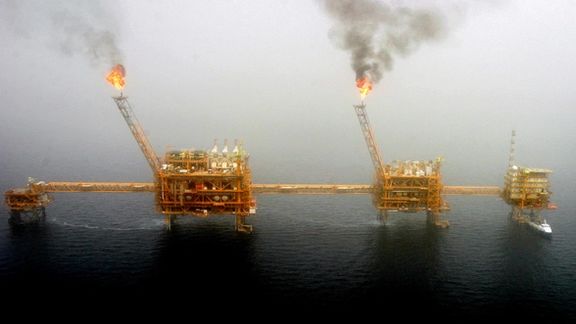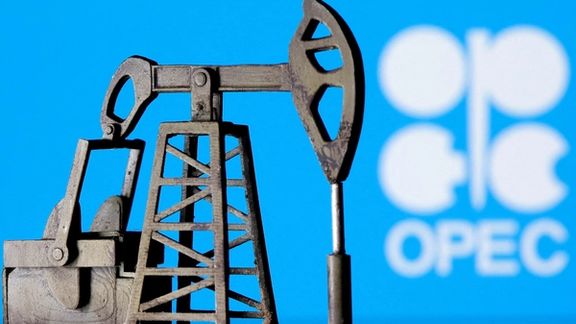More Indication Iran Sells Oil To China With Heavy Discount

As global oil prices dropped in late April and early May, further indications emerged that embattled Iran provides large discounts to its main customer China.

As global oil prices dropped in late April and early May, further indications emerged that embattled Iran provides large discounts to its main customer China.
Oil traders jumped into buying futures in early April after OPEC+ producers announced further oil output cuts of around 1.16 million barrels per day, in a surprise move that analysts said would cause an immediate rise in prices and the United States called inadvisable.
But as concerns about oil demand persisted throughout April, traders began to cut their losses and reversing their response to the production cuts with prices falling back in early May.
Iran’s deputy oil minister claimed on May 8 that the current government has increased production by 600,000 barrels per day in the past 20 months, but the reality is that except China Iran does not have any serious buyers willing to import large quantities in violation of US third-party sanctions.
While oil has been trading at around 75-82 dollars in the past several months, Iran International reported in December that Tehran provides huge discounts to China, charging as little as $37 per barrel.

This explains the shortage of foreign currency in the government’s coffers that has halved the value of the rial since last September.
An analyst this week quoted an unnamed EU energy security source as saying that China, which already had secured a 30-percent discount from Iran before the Russian invasion of Ukraine, has demanded and received higher price cuts. Beijing already buys Russia oil at a large discount and Tehran has to sell its oil much cheaper now.
“But it is even worse for Iran, as – from 11 November 2022 - China has been paying Iran in non-convertible Yuan, that is Yuan that can only be used inside China and/or spent buying Chinese goods,” the EU source added. “Worse still is that whilst Yuan is the key instrument in payment, China is also using the currencies of Angola, Zambia and Kenya to pay Iran, and China is doing this as a means to induce Iran to buys goods from these countries so that these countries, in turn, can service their loans to China,” he argued.
If true, this is a serious setback for the Islamic Republic government which local analysts say has no serious plans to mitigate the economic crisis in Iran and reduce inflation which hovers around 50 percent.
President Ebrahim Raisi’s administration tries to impress public opinion with exaggerated statistics showing non-existent success, but critics and many people expect worse economic news in the coming months.
One latest claim of success was the visit of Iran’s oil minister to Iraq this week and the signing of agreements for joint projects. But there are no details and no financial projections announced about the cooperation promised.
Iran can hardly reap any financial benefits from similar joint projects given the enforcement of US banking sanctions that have already restricted Iranian schemes to launder money and secure hard currency in Iraq.
Iran also needs to invest more than $200 billion it does not have to rejuvenate its oil and natural gas production after decades of neglect and lack of Western technology.